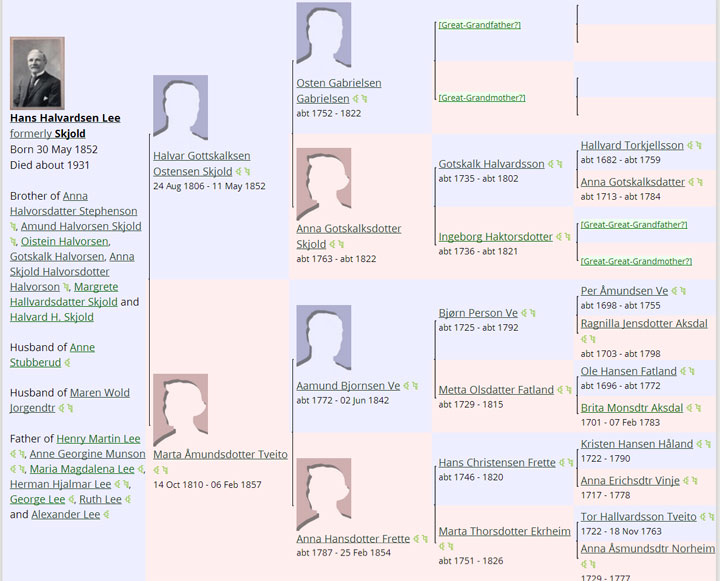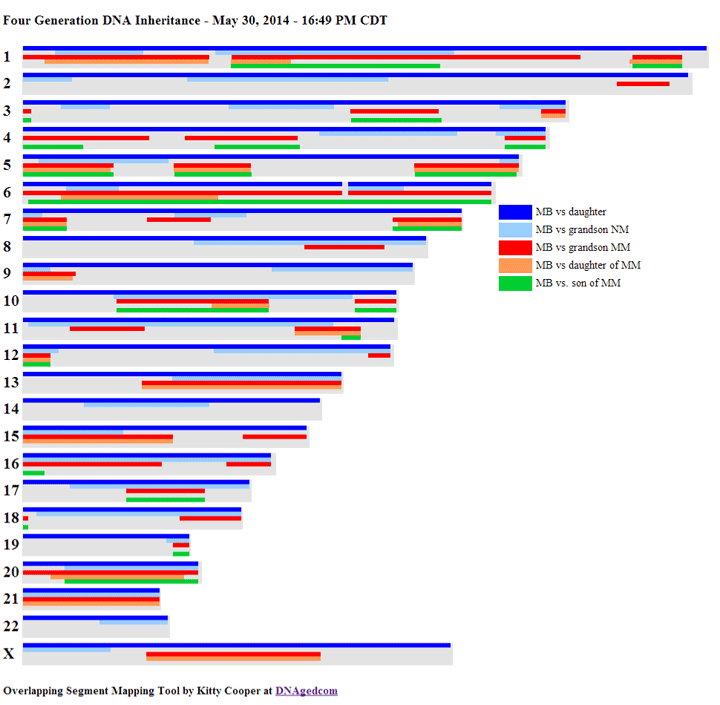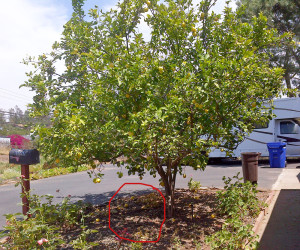I have been mainly working with my Dad’s Norwegian DNA at 23andme and at Family Tree DNA. Often he will have a match at one company and there will be a match to someone else on the same segment location at the other company. So how to tell if they match each other? Since one could have the DNA segment that Dad got from his mother and the other could have the segment Dad got from his father, the only way to be sure it is the same segment is if they also match each other on that segment. This is what is known as triangulation.
If they have both uploaded to GEDmatch, I can compare their two kits there and see if they match on that segment. Often however one or the other has not uploaded or the GEDmatch site is down. So I needed another way to figure this out.
It occurred to me that I could check if the new match also matches me there, since my results are at both web sites as well.
Obviously when they both match me on that DNA segment, I know they match each other. If one matches me and the other does not, then I know they are not a match. But what if they both do not match me? Then I must have inherited that segment from one of Dad’s parents and they are matching the DNA piece from his other parent.
In the case above, Dad has a 23cM match at Family Tree DNA with an adoptee at the same spot where he has many smaller matches over at 23andme. So do those folk match DM?




